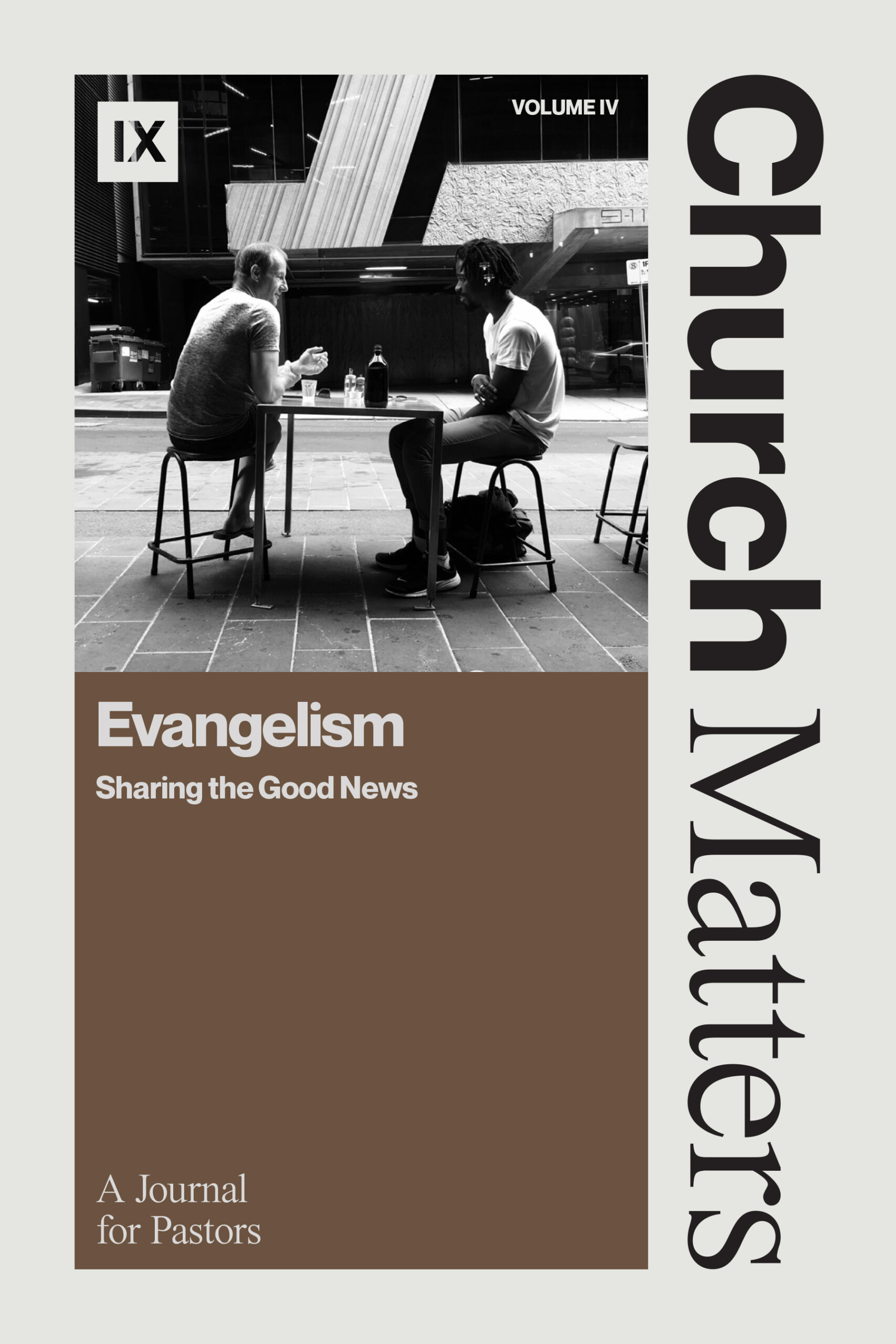What Place Do Gospel Tracts Have in Evangelism Today?
Gospel tracts have a bad reputation, from the notorious Chick tracts to fake one-hundred-dollar bill tracts that surprise greedy souls with a five-step gospel presentation on the back.
In fact, I assume most pastors of healthy churches avoid gospel tracts either because they don’t want to be associated with gimmicky evangelistic tactics or because they don’t think they’re helpful. So such tracts have no place in their bookstores or on their resource tables.
But what if church members were equipped with tracts that actually persuade unbelievers to believe the gospel?
Pastor, I cannot point to an imperative in Scripture about the use of gospel tracts. But allow me to encourage you to consider the role of tracts in your church’s evangelism.
The Objective of Tracts
To see the value of gospel tracts in our evangelism, we must first consider their objective—to persuade unbelievers to consider the gospel. Tracts aren’t intended to explain every aspect of the gospel or lead people through a biblical theology of atonement.
They’re like Spanish tapas—small, flavorful dishes typically served as appetizers or snacks. Tapas aren’t intended to fill you; they’re just a sample of a larger portion.
Gospel tracts aren’t intended to satisfy the hunger of an unbeliever, but they can draw people to the larger feast of the gospel and the Christian worldview.
Our church wrote a gospel tract to distribute in our city that asked, “Why are there so many religions in this world?” We gave a short answer and included a QR code that links to our church’s resource page. The webpage includes a ten-minute video of the conversion story of one of our members.
Certainly, there are many creative ways to give a sample portion of the Good News that points unbelievers to a more thorough explanation of the gospel.
The Audience of Tracts
We must also consider the audience of a gospel tract. What are the demographics and religious tendencies in your context?
In Sevilla, Spain where I pastor, there’s a large community of Muslims. Many of them don’t speak enough Spanish to have a substantial conversation about the gospel. So we have a small kit for our church members that includes a gospel tract, a Bible, and the Jesus Film all in Arabic. Our church members can give the tract or Bible to a Muslim neighbor or someone they meet on a bus or train. Down the road, they may offer the Jesus Film.
If your town has a large population of Spanish speakers from a Roman Catholic background, wouldn’t it be helpful to have a gospel tract in Spanish that briefly contrasts the differences between the Roman Catholic and Protestant understandings of salvation?
Perhaps you live in a secular area where the reliability of the Bible is questioned. Consider making a tract that explains why the Bible is trustworthy and provides a link to Greg Gilbert’s Why Trust the Bible? or just give them Gilbert’s “Why Trust the Bible?” tract itself? If you live somewhere that’s dominated by cultural Christianity, then consider creating a gospel tract that summarizes true conversion according to John 3. You could also point them to a book like Am I Really a Christian? by Mike McKinley. These are just a few examples to get you thinking.
The Tone of Tracts
We must also consider the tone of a gospel tract. We must avoid tracts that humiliate, caricature, or insult anyone.
I find Peter’s counsel instructive here. He encourages Christians to be ready “to make a defense to anyone who asks you for a reason for the hope that is in you . . . with gentleness and respect” (1 Pet. 3:15). Tracts must lead people through the gospel in a manner that conveys our love for God and neighbor.
The Content of Tracts
Finally, consider the content of a gospel tract. It must include a tapas-sized sample of the gospel. But that’s not all! We must also make sure the tract points people to a place where the reader can meet God’s people and learn more about the gospel. In other words, every tract must point to a church because churches are where the gospel is proclaimed from every song, prayer, Scripture reading, and sermon. You might say that churches offer a four-course meal of the gospel.
A gentleman from Sub-Saharan Africa once visited one of my church’s Sunday services. When I asked how he discovered our church, he pulled out a wrinkled, torn-up tract. He had found it on the street, read it, and decided to come.
More recently, an elderly, former Roman Catholic woman came to our service because a group of young people from our church handed out gospel tracts on a busy city street. Two ladies handed her a tract and shared the gospel with her. That day, she went home and threw away all her relics and Marian worship altars. The following Sunday, she attended our worship service and hasn’t missed an opportunity to gather with us since. She’s doing our membership course and, Lord willing, will be baptized and join our church. By the time you’ve read this, I suspect it’s already happened.
God continues to amaze me as he uses something as simple as a tract to introduce people to the gospel and to our church.
Pastor, can your members offer a tapa to your neighbors so that they may come to your Sunday feast?
* * * * *
Other Tracts from 9Marks
- “Why Trust the Bible,” by Greg Gilbert
- “What Is the Gospel?” by Greg Gilbert
- “Who Is Jesus?” by Greg Gilbert
- “Is Hell Real?” by Dane Ortlund









